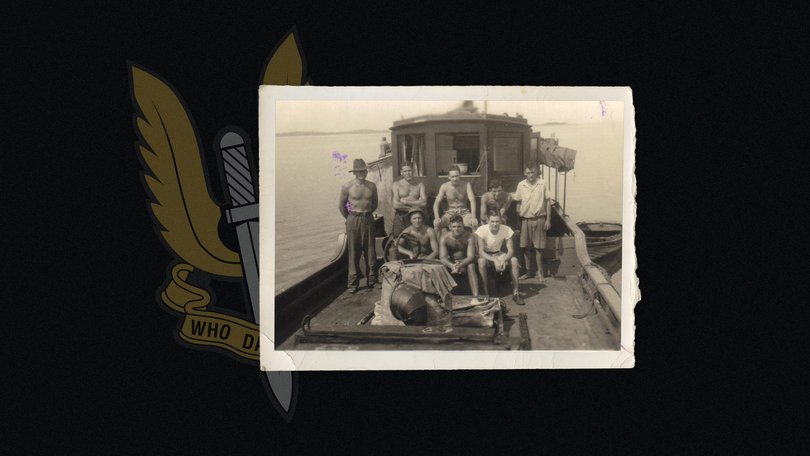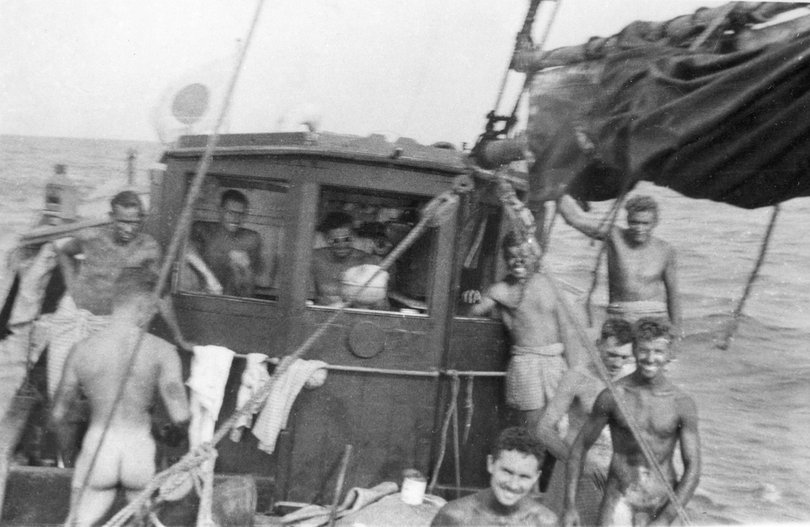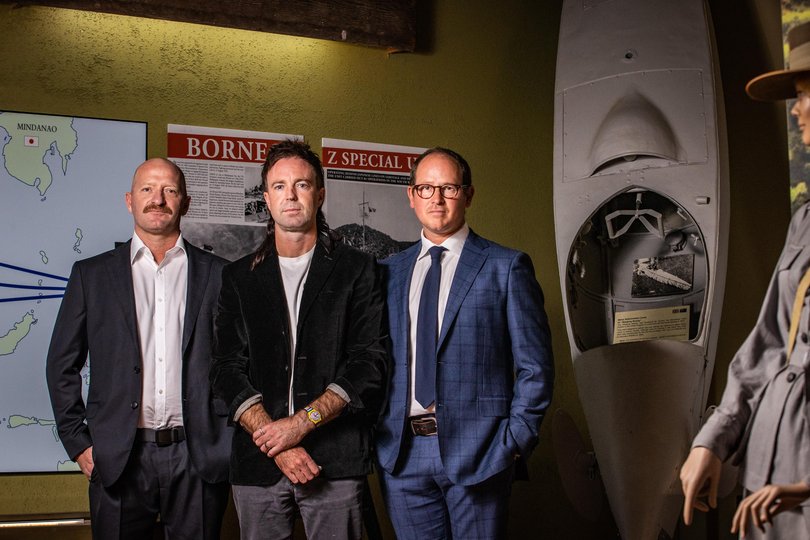BEN HARVEY: Telling the SAS’ origin story can only help rebalance the narrative

If you are ever feeling full of yourself and need to bring yourself back down to earth, I have found the perfect remedy.
All you need to do is spend 10 minutes inside the museum at the Special Air Service Regiment barracks in Perth.
There, in a modest building with a tin roof on the eastern side of the compound, you will find photographs and exhibits that illustrate the courage of generations of men who have served in Australia’s premier fighting force.
Sign up to The Nightly's newsletters.
Get the first look at the digital newspaper, curated daily stories and breaking headlines delivered to your inbox.
By continuing you agree to our Terms and Privacy Policy.The SAS Historical Collection, as it is known, charts the regiment’s genesis in the dark days of World War II.
Taking pride of place is a tribute to Operation Jaywick, a military expedition widely considered to be one of the world’s greatest, and certainly most audacious, special forces missions.
In late 1943 a handful of Australian commandos from the newly formed Z Special Unit, which was the precursor to our modern special forces, steamed away from Exmouth in a small Japanese fishing boat called The Krait.
Their mission was to take the fight to the Japanese and their target was Singapore’s harbour, which had fallen into the hands of the Japanese Imperial Army 18 months earlier.
Aged between 18 and 23, the crew of the Krait spent weeks in a game of cat-and-mouse with Japanese patrol boats before paddling into the port.
They attached limpet mines to the hulls of a handful of ships and watched as close to 40,000 tonnes of Imperial naval might blew sky-high before slinking off into the night and making a frantic return to safe waters.
It’s the kind of story that a film producer might say stretches the bounds of credibility, but a group of Australian producers is determined to bring the story to life in a new mini-series called The Tiger’s Revenge.
On Wednesday night the men behind the project addressed a group of investors at a special event inside Campbell Barracks in Swanbourne.
As MC for the night, I spent a lot of time with the chairman of the SAS Historical Society, which administers the museum.
Greg Mawkes, who was Australia’s last serving SAS Vietnam veteran, is an intimidatingly impressive man and Campbell Barracks is an intimidatingly impressive location, but I was happy to host the evening because I believe in the project.

Being a journalist, I have no money and therefore could only lend in-kind support.
I’ll give you a short anecdote to explain why I am emotionally invested, if not financially, in The Tiger’s Revenge.
I am lucky enough to count as a friend a former commander of the SAS.
Ben Pronk’s patrol was hit by a roadside bomb in Uruzgan Province in 2008. He chronicled the immediate aftermath in a book he co-wrote years later.
Ben described how after the explosion all he called hear was someone screaming “10, 10, 10, 10!”
He didn’t know why he was hearing those numbers being yelled until he saw the top gunner from his destroyed vehicle being attended to by an army medic.

The gunner’s right thigh had been torn open by the blast and he was screaming “10, 10, 10, 10!” because the man treating him was asking him to rate the pain.
The rawness of that story stuck with me. Civilians rarely encounter 10 out of 10 pain. As the sharp tip of this country’s military lance, our special forces soldiers expect to experience it regularly.
They are the first in and often the last out of terribly dangerous situations.
I am supporting The Tiger’s Revenge because I fear that younger generations of Australians have a jaundiced view of our military.
They don’t appreciate that the only reason they sleep peaceably in their beds at night is because rough men stand ready to do violence on their behalf, as George Orwell once said.
In 1943, when Australia’s back was against the wall, the men of Z-Force stood up. Their bravery inspired the formation of the Special Air Service.
I believe that telling that “origins” story will go some way to rebalancing the recent history of that proud regiment.
Executive producer Oliver Wenn, director and co-creator Kieran Darcy-Smith and co-creator and writer Shea Walsh appreciate that they have a huge responsibility.
Former chairman of the Australian War Memorial Brendan Nelson certainly thinks so. He sees Operation Jaywick as an under-appreciated pivotal moment in this country’s history.
“The fortress of Singapore had fallen,” he said.
“Days later the first of 100 bombing attacks that year on the Australian mainland. We had Japanese midget submarines in Sydney Harbour.
“The Japanese landings north of New Guinea. Coral Sea. Midway. The Kokoda campaign. Guadalcanal. It was a year of desperation for our country and in the midst of that we conceived this Jaywick raid.
“Their audacity was exceeded only by their bravery. The Singapore they targeted in 1943 was impregnable.
“It was the at the heart of the brutal, militaristic, expansionist Japanese empire. Around 22,000 Australians were prisoners of war.”
Commemorating the men of Operation Jaywick, and the generations of special forces soldiers who came after them, is surely a worthy investment.

